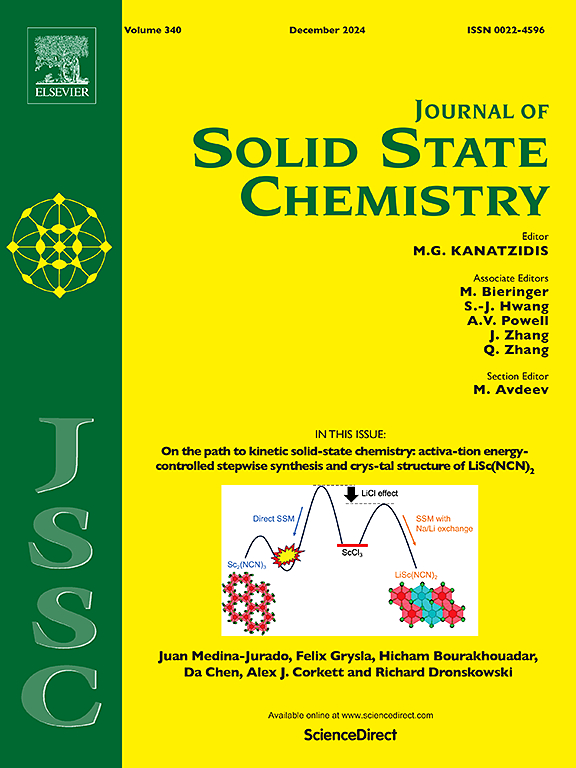FeWO4 nanosheets with enhanced exposed (001) facets for promoting photocatalytic Fenton degradation of organic pollutants
IF 3.2
3区 化学
Q2 CHEMISTRY, INORGANIC & NUCLEAR
引用次数: 0
Abstract
Crystal faceted engineering has been widely used to improve the performance of photocatalysts, but there is still a lack of a general strategy for the wise design of nanocrystal morphology, and the fast recombination rate of photoinduced carriers seriously hinders the photocatalytic performance. Here, we report a new method to enhance the photocatalytic activity of FeWO4 through crystal faceted engineering, and investigate the evolution of FeWO4 morphology. The preparation of three different morphologies of FeWO4 samples allowed us to carefully investigate the factors that contribute to the intrinsic reactivity of the sample, including H2O2 activation and band gap location. The results confirm that the selective exposure of the relatively active facets in the direction of the internal electric field gives the catalyst excellent photoactivity, and the decolorization efficiency of Rhodamine B (RhB) with the main (001) facets reaches 96.5 %, which is higher than that of the nanorods (010), and has excellent performance for the degradation of RhB dyes. Theoretical analysis and EPR trap experiments show that the cycling and photoinduced electron-hole separation efficiency of the coordination unsaturated iron ions is the main reason for the improvement of the photocatalytic activity of the FeWO4 photofenton system, and the degradation intermediates and pathways of RhB dyes are studied. This work is expected to inform the development of a general approach for the morphology design of photocatalysts.

求助全文
约1分钟内获得全文
求助全文
来源期刊

Journal of Solid State Chemistry
化学-无机化学与核化学
CiteScore
6.00
自引率
9.10%
发文量
848
审稿时长
25 days
期刊介绍:
Covering major developments in the field of solid state chemistry and related areas such as ceramics and amorphous materials, the Journal of Solid State Chemistry features studies of chemical, structural, thermodynamic, electronic, magnetic, and optical properties and processes in solids.
 求助内容:
求助内容: 应助结果提醒方式:
应助结果提醒方式:


